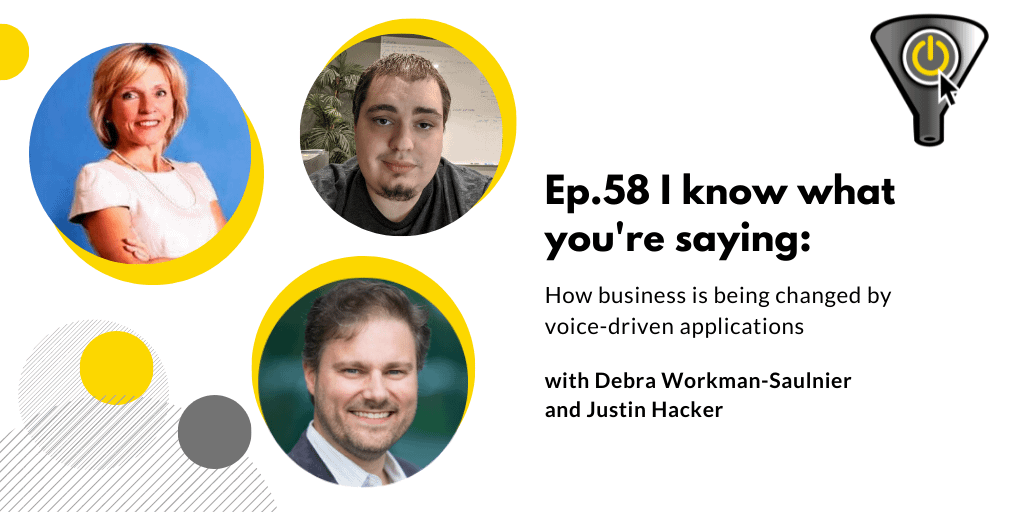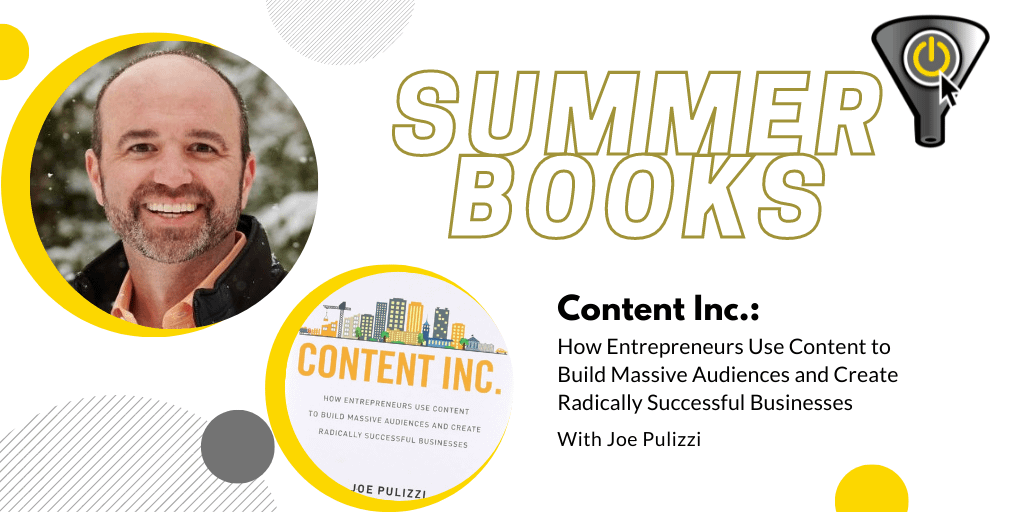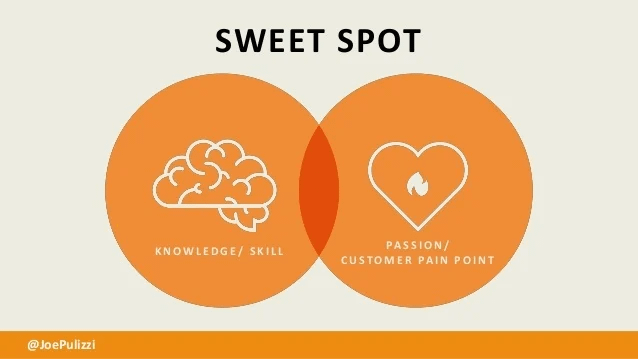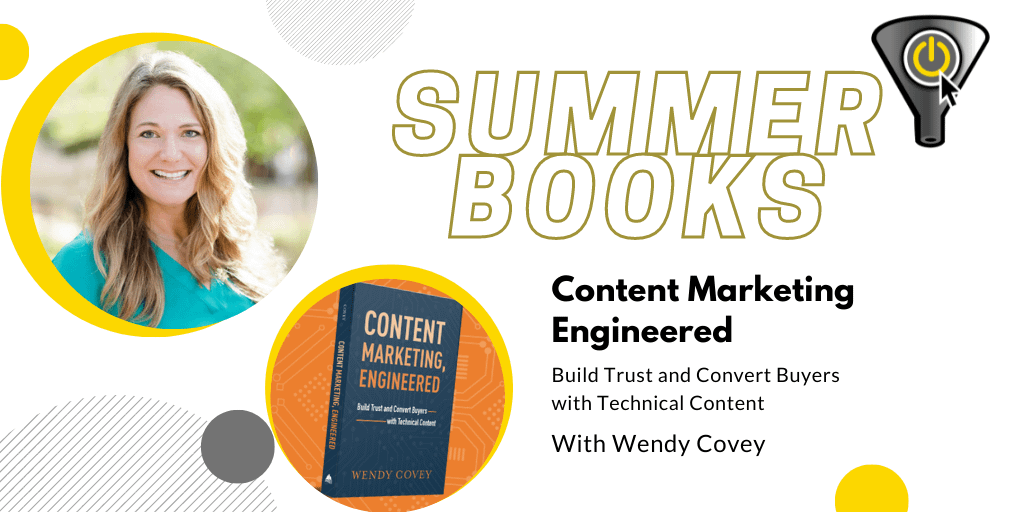I don’t know if you frequent the same social channels that I’m using for the podcast: IG, TW and my personal LinkedIn feed. I’ve put posts for the last 3 years on those platforms and the one thing I can tell you is that without paid promotion, it takes real work to reach a decent audience.
I wanted to know how others play this game so I asked someone who started promoting things on Facebook 15 years ago. He’s not on all the social channels and doesn’t pretend to keep his Twitter account active, but for the company that’s his day-job and the clients he serves through his agency, he knows how to use content that gets noticed.
Today’s guest, Kyle Turk, has headed the marketing teams at both public and private sector organizations. He has a Bachelor of Business Administration from St Francis Xavier University, and is a recipient of Ottawa’s Forty Under 40 award.
Listen for his explanation of how to conceive and create content. He also does a great job of outlining how social selling should work to smoothly shift from public commenting with someone to continuing the conversation through direct messaging.
Let’s learn how to up our social media game, with Kyle Turk!
People/Products/Concepts Mentioned in Show
- Faces Magazine
- Using influencers. If in larger company, bring employees to advocate for you on their social feeds
- Being professionally formal vs casual
- Ottawa Regional Cancer Foundation‘s “Fighting for a Cure” event which featured Kyle boxing for charity
- Twitter Revue
- LinkedIn newsletters
- Kyle works at Keynote Group. Kyle’s boutique agency is Meerkat
Episode Reboot
Observe what posts prompted you to engage. Deconstruct them and see what’s transferable to the content that you post.






